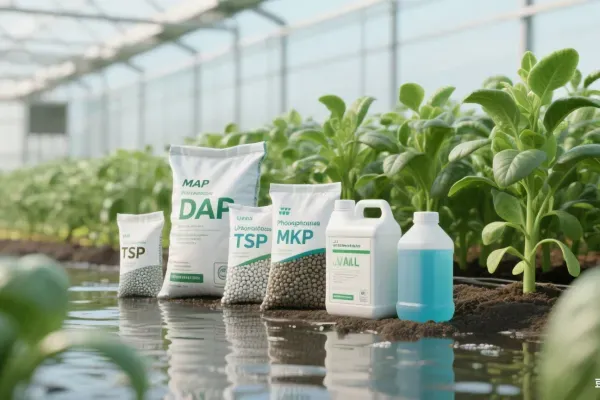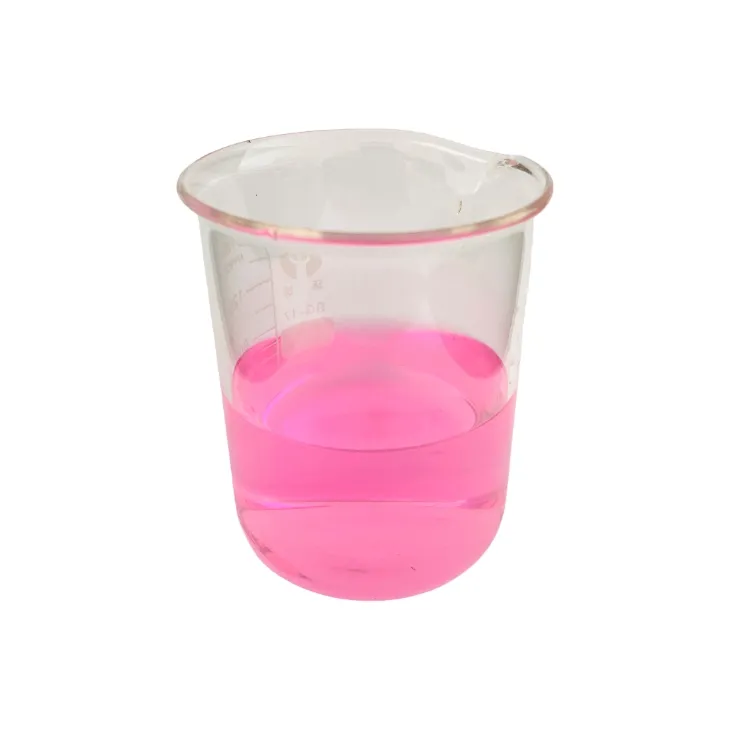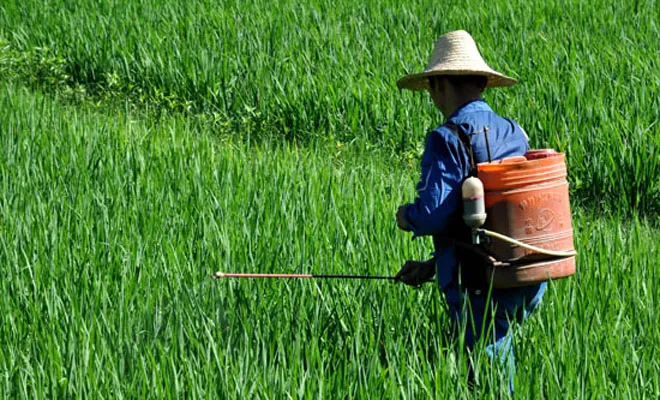Avoid your inquiry is delay response, please enter your WhatsApp/Skype along with the message, so we can contact you at the very first time.
We will reply you within 24 hours. If for urgent case, please add WhatsApp/WeChat:
Warning: Undefined variable $public in /www/wwwroot/lvfertilizer.com/wp-content/themes/hyhadmin/header.php on line 350
Warning: Trying to access array offset on value of type null in /www/wwwroot/lvfertilizer.com/wp-content/themes/hyhadmin/header.php on line 350
,. Or call
Warning: Undefined variable $public in /www/wwwroot/lvfertilizer.com/wp-content/themes/hyhadmin/header.php on line 350
Warning: Trying to access array offset on value of type null in /www/wwwroot/lvfertilizer.com/wp-content/themes/hyhadmin/header.php on line 350
directly.
Picking a fertilizer is confusing. Labels, numbers, and claims are noisy, and mistakes cost yield. This guide explains each fertilizer clearly so you can choose with confidence.
Fertilizers come in organic and synthetic forms—liquid, dry, granular, water-soluble, or slow-release. They supply nitrogen, phosphorus, potassium, and micronutrient elements, making plant nutrients available to plants at the right rate. Match the product to your soil type, crop, and application method for healthy plant growth.
Quick Reference Table — Matching Fertilizer to Goals
| Goal | Best fit | Why it works | Watch outs |
| Fast green-up | liquid fertilizer with urea-N | instantly available to plants | over-application can cause fertilizer burn |
| Strong roots | starter fertilizer with phosphorus | early root growth and flowering | avoid excess near waterways |
| Long, even feed | slow-release granular fertilizers | steady nutrient curve | cost per unit may be higher |
| Correct a micronutrient gap | foliar fertilizers | rapid leaf uptake | spray at cool times |
“Feed the soil, and the soil will feed the crop.” — a simple rule our agronomists use when building any fertilizer plan.
Fertilizers play a crucial role in modern farming and home gardens. In short, a fertilizer is any material that adds a usable nutrient to soil or leaves. As a leading manufacturer and exporter in China, we organize fertilizer types by source and by how the nutrients become available to plants.
Common types of fertilizer fall into two families. Natural fertilizers such as compost and manure are derived from plants or animals. Commercial fertilizer products—often called plant food—are formulated blends where each fertilizer contains a predictable N-P-K analysis. Fertilizers include blends and straight materials; to choose a fertilizer wisely, start with a recent soil test so the amount of fertilizer matches plant needs without waste.

What are the different types of fertilizers
Organic fertilizers are made from compost, manure, and other inputs made of organic matter. They improve soil, support soil health, and encourage steady plant growth by feeding the soil biology that releases plant nutrients over time. Many growers choose to use organic inputs because they’re gentle and help give plants a slow, even supply.
Synthetic fertilizer is engineered for accurate ratios and rapid response. These products are precise and uniform, and fertilizers are designed to deliver predictable results—great for staged programs and tight windows. Laws in many regions group these under chemical fertilizer. In practice, most teams use organic and synthetic fertilizers together: organic for structure and biology, synthetic for timing and accuracy.
Every fertilizer bag lists N-P-K. Nitrogen drives leafy plant growth; phosphorus supports flowering and root growth; potassium improves stress tolerance and stalk strength. Across operations, nitrogen fertilizers and potassium fertilizers are central for many garden plants and field crops.
Fertilizers that contain nitrogen tend to act faster—useful when nutrients your plants need are low. Fertilizers that include phosphate fertilizers and potassium-based fertilizers are often blended to match the type of plant and soil type. Read the fertilizer label carefully to confirm each nutrient source and release behavior.
Liquid fertilizer shines when you need a quick correction or spoon-feeding. Nutrients are quickly available to plants, so it’s excellent for fertigating or for in-season tweaks.
Dry fertilizer can be broadcast, banded, or incorporated, and it’s usually cost-effective and simple to store.
Granular fertilizers (often coated) allow precise metering by spreaders; some granular blends combine multiple sources.
These fertilizer materials also come as granular types designed for specific spreaders. Some fertilizers are fast-acting, and others are slow-release. If you apply fertilizer through irrigation (fertigation), use water-soluble fertilizers for uniform feeding and to protect equipment.

Liquid fertilizer
Slow-release fertilizers use coatings or chemistry to release each nutrient gradually. That steady feed helps prevent fertilizer burn and can lower labor. For containers or high-value crops, slow-release products keep fertilizer needed low per pass while sustaining a healthy plant.
Water-soluble fertilizers dissolve completely, so the nutrient is ready right now. Because these fertilizers are made to flow, they pair well with fertigation and foliar fertilizers at low ppm. Always follow the fertilizer bag rate and base changes on a soil test.
Release profile (conceptual)
Slow-release: ▁▂▃▅▆▇██ (steady)
Water-soluble: ██▇▆▃▂▁ (quick spike)
Match fertilizer application to crop, soil type, and weather. Banding a nitrogen-based fertilizer in cool soils helps early vigor; side-dressing works once roots expand. When you top-dress, time the application method before gentle rain to move each nutrient into the root zone.
For lawns, fertilizing your lawn two to four times a year maintains color without surge. For beds, many gardeners choose to use organic mulches and then add a plant fertilizer during peak demand. Whatever you choose, keep fertilizer products off hard surfaces and follow guidance on the fertilizer bag.

how to apply fertilizer safely
Those three numbers on a fertilizer label are the percentages of nitrogen, phosphorus, and potassium. Look for OMRI listing from the organic materials review institute if you use organic inputs. Also confirm any micronutrient additions—zinc, iron, boron—when plant needs are specific.
Fertilizers are often blends from multiple sources. Sometimes a fertilizer contains stabilizers to reduce loss; other times coatings regulate release. When you choose a fertilizer, scan the fine print for analysis, carriers, and handling notes so each nutrient does its job.
A soil test shows the content of the soil, so you can match fertilizer for plants to gaps instead of guessing. Sandy soils may need more potassium; heavy clay often holds phosphorus longer. Perennials often like slow feeding; annuals want more frequent supply.
Across a season, think in stages. A starter fertilizer near the seed or transplant supports root growth; a balanced, possibly slow-release blend maintains vigor later on. If unsure, local extension specialists can help you tailor fertilizing products to your region and crop.
Foliar fertilizers quickly correct micronutrient shortages during critical stages. Compost improves tilth and water-holding while feeding biology. Manure is powerful too, but age and place it thoughtfully to protect food safety.
Many growers mix organic fertilizer with precise tools. Depending on rules and goals, some also use inorganic fertilizer for accuracy during sensitive windows. Either way, a balanced plan of materials and timing keeps nutrient losses low and supports steady plant growth.
For distributors and importers, reliability is everything. Fertilizers are designed to ship well, spread evenly, and deliver exactly what the label promises. Many buyers check whether fertilizers contain nutrients aligned with local specifications and crops.
In procurement, teams compare technology (coatings, inhibitors), analysis choices, and logistics. Our OEM line supports brand owners with formulated fertilizer products, labeling, and documentation. We also help match analysis to soil type, climate, and the nutrients your plants need at each stage.
Prevent fertilizer burn by following the amount of fertilizer stated on the fertilizer bag, watering in, and keeping granules off leaves. Placement matters: band, broadcast, or fertigate based on application method, weather, and crop stage.
On sensitive crops, use slow-release materials and consider low-ppm water-soluble fertilizers for seedlings. Remember: fertilizers are made to help—not harm—so pair the right analysis with the right timing to keep nutrient availability smooth.
Vegetable growers often apply an n fertilizer pre-plant, then spoon-feed through fertigation for steady color. In orchards, slow-release fertilizers help with consistency. For turf, a program blends quick and slow to keep the canopy uniform without surge.
For export markets, our formulations align with local standards and climates. From small packs to bulk, our solutions are tuned to soil type, crop, and schedule. Brand owners can source OMRI-supported inputs when clients choose to use organic, or opt for precision blends in a synthetic fertilizer program.
How do I choose a fertilizer?
Start with a soil test, your crop stage, and your equipment. Match N-P-K to plant needs, then decide whether liquid, dry, or granular options fit your passes and timing.
What does N-P-K mean on the bag?
It shows the percentages of nitrogen, phosphorus, and potassium. These numbers let you compare brands and calculate the amount of fertilizer needed.
Are natural options enough for high yields?
Yes—especially where soil biology is strong. Many growers use organic fertilizer plus synthetic fertilizer: organic for structure and biology, synthetic for precise timing.
What if a label says “fast-acting” or “controlled-release”?
“Fast-acting” delivers immediately; “controlled/slow-release” meters nutrient out over time. Pick based on crop stage, labor, and weather.
Is foliar feeding a full replacement for soil nutrition?
No. Foliar fertilizers are excellent for quick micronutrient fixes, but they complement soil programs rather than replace them.
As a leading manufacturer and exporter of high-quality fertilizer solutions in China, we help distributors, cooperatives, public projects, and OEM brand owners match analysis, release profile, and packaging to local markets—backed by consistent quality and on-time logistics. If you’d like a tailored program, share your crop, region, and preferred application method, and we’ll build a sample plan you can test right away.